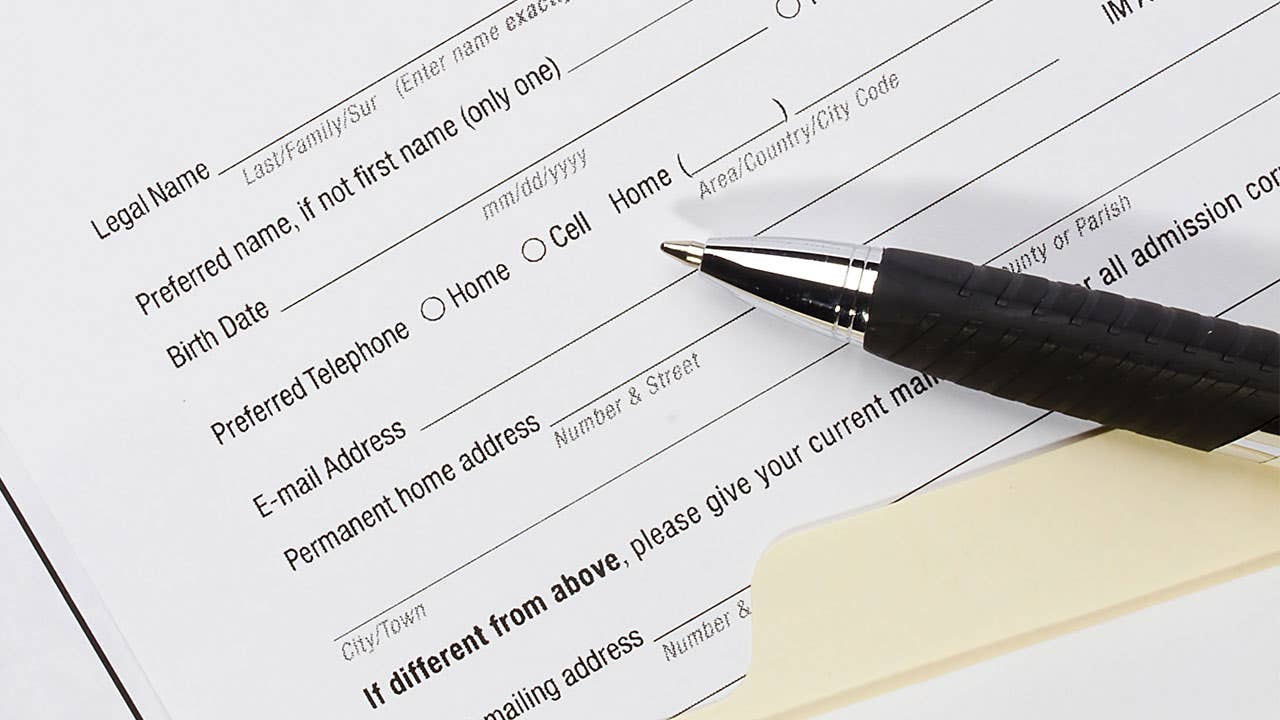Conforming vs. nonconforming loans: What’s the difference?

The Bankrate promise
At Bankrate we strive to help you make smarter financial decisions. While we adhere to strict , this post may contain references to products from our partners. Here's an explanation for .
Our writers and editors used an in-house natural language generation platform to assist with portions of this article, allowing them to focus on adding information that is uniquely helpful. The article was reviewed, fact-checked and edited by our editorial staff prior to publication.
Key takeaways
- Conforming loans comply with government guidelines for mortgages and can be sold to government-backed enterprises, while nonconforming loans do not meet these criteria and cannot be sold to these enterprises.
- Conforming loans generally offer lower interest rates and fairly rigid qualifying criteria, while nonconforming loans may have higher rates and more flexible credit requirements.
- Nonconforming loans are a good option for buying a more expensive property or for borrowers with credit issues, but they may come with higher risks and costs.
Buying a home is a huge financial decision, and finding the right loan to finance it can be overwhelming. Two common types of mortgages are conforming and nonconforming loans, each with its own set of regulations and uses. Here, we discuss conforming and nonconforming loans, their definitions and their pros and cons to help you navigate the mortgage market with confidence.
Differences between conforming and nonconforming loans
Key terms
- Conforming loan
- A conforming loan is a type of mortgage that complies with the financial boundaries laid out by the Federal Housing Finance Agency (FHFA) and adheres to Freddie Mac and Fannie Mae’s funding guidelines.
- Nonconforming loan
- A nonconforming loan does not comply with the parameters established by the FHFA. As such, these loans cannot be sold to government-sponsored enterprises (GSEs), like Fannie Mae and Freddie Mac.
Conforming loans and nonconforming loans, two varieties of mortgages, differ in many aspects, including:
- Loan limits: Conforming loans abide by the annual loan size limits dictated by the FHFA, and they comply with the underwriting standards of the Dodd-Frank Act and the Consumer Finance Protection Bureau. This compliance allows them to be sold to government-backed enterprises, like Fannie Mae and Freddie Mac. Meanwhile, nonconforming loans fail to comply with these size caps and regulations.
- Interest rates: Generally, conforming loans, which are more common than nonconforming loans, offer relatively low interest rates, which result in relatively low lifetime borrowing costs.
Keep in mind: Though the terms are used interchangeably sometimes, a conforming loan is not exactly the same as a conventional loan. Conventional loans refer to any mortgage available through and backed by a private-sector lender (not the government). While all conforming loans are conventional loans, not all conventional loans are conforming loans.
What is a conforming loan?
A conforming loan is one that meets the guidelines set by the FHFA and other federal authorities, many of which were put into place following the subprime mortgage crisis in the mid-2000s. There are several criteria you must meet to qualify for a conforming loan, including the amount you’re borrowing.
Conforming loans exist so government-sponsored enterprises (GSEs) Fannie and Freddie can buy them, with the assurance they fit a standardized set of requirements.
Pros and cons of conforming loans

Pros
- Lower interest rates mean lower monthly payments and less money spent over the loan's duration
- Standardized underwriting and approval process, meaning there could be fewer surprises when applying for a loan
- Could come with certain protections in times of crisis, such as the foreclosure moratorium that the federal government enacted during the pandemic

Cons
- Can be hard to get if you have a low income and credit score, and a high debt-to-income (DTI) ratio
- Might not provide enough funds if you’re buying a luxury home or a standard one in an expensive area
What is a nonconforming loan?
Mortgage loans that don’t meet the requirements for a conforming loan are considered nonconforming loans. Jumbo loans are nonconforming loans that exceed the maximum loan limit for an area — but loans can be nonconforming for other reasons beyond loan size. For example, government-backed loans such as FHA, VA and USDA loans, which are all mortgage products backed by their respective agencies, are nonconforming loans.
Compared to conforming loans, there is a much wider diversity of loan types and features among nonconforming loans. It’s important to remember that nonconforming mortgages often come with higher interest rates than conforming loans, but this is not always the case. Additionally, the process of securing a nonconforming loan can be quicker and require less documentation than the process of securing a conforming loan.
Nonconforming loan requirements
If you’re planning on getting a jumbo loan, lenders may demand that you have a high credit score, high cash reserves or assets and/or a low DTI ratio. Additionally, you can expect to put down between 10 to 30 percent upfront; exact amounts vary by lender.
Here are three common reasons borrowers don’t qualify for conforming loans:
- Loan size: For 2024, if you’re borrowing more than $766,550 (in much of the U.S.) or more than $1,149,825 (in high-cost areas such as Hawaii), you’ll need a nonconforming loan. Less than that and a conforming loan will do.
- Credit score: If you’ve experienced credit troubles and your FICO score is less than 620, you might not qualify for a conforming loan. For borrowers with low credit scores, mortgages issued by the Federal Housing Administration (FHA) are a popular nonconforming alternative. FHA loans allow for credit scores of 580 (or 500 with a higher down payment than the standard 3.5 percent.) One downside: Steep fees for mandatory mortgage insurance premiums (MIP) can increase the costs of FHA loans.
- A high DTI ratio: If your debt level pushes you out of conforming-loan territory, you still might be able to get an FHA mortgage or a type of nonconforming loan known as a non-qualified or non-QM mortgage.
Pros and cons of nonconforming loans

Pros
- Expands your options by allowing you to buy in a more expensive area or a home that's ineligible for a conforming loan
- More accessible for borrowers with credit issues, including bankruptcy
- Higher loan limits

Cons
- Lenders might have stiffer qualifying criteria, since nonconforming loans pose a greater risk
- Can be more expensive than conforming loans due to higher rates and additional fees
- Can be riskier for borrowers, since they may lack the conforming-loan protections relating to borrowing limits and delinquency
Conforming loan vs. nonconforming loan: Which is best for you?
If the price of your desired home is within conforming loan limits and your credit history meets eligibility requirements, you’re better off seeking a conforming loan, which generally has a lower rate and lower down payment requirement than a nonconforming loan.
A nonconforming loan is better if you’re looking to buy a more expensive property and need a higher loan amount. It’s also a better choice if you have negative marks on your credit history or don’t meet the qualification criteria for a conforming loan. But while nonconforming loans have some benefits, they have downsides, including potentially higher interest rates.
You can contact your bank and other lenders directly to ask them about the types of nonconforming loans they offer. Another avenue worth exploring: Find a mortgage broker who specializes in nonconforming loans. A good broker knows what’s available and can save you time and money.
No matter which loan type is the right choice for your situation, do your homework before selecting a mortgage lender. Request loan estimates from several different lenders. Then, compare the interest rates and loan terms to ensure you find the best option.
Related Articles



